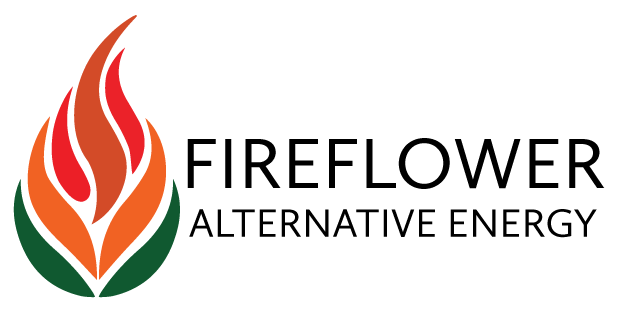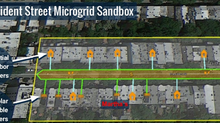Maximizing SMART Incentives For Your Solar PV Project
The Solar Massachusetts Renewable Target (SMART) is an incentive program meant to promote solar installations in Massachusetts. The program was signed into law by Governor Charlie Baker on April 11, 2016, and the program is expected to go online in November 2018. The program works by providing a fixed incentive rate (in cents) for each unit of energy (kilowatt hour, kWh) generated by solar panels that a business owns, making each solar installation into a 20-year revenue stream.

https://www.mass.gov/doc/capacity-block-base-compensation-rate-and-compensation-rate-adder-guideline
The fixed incentive rate is determined by a number of factors. First, the base incentive varies depending on your electric distribution company. The highest incentive rates are paid in Eversource/NSTAR territory. Second, a multiplier is applied based on the size of the solar system, with smaller systems receiving a higher multiplier, and therefore, a higher incentive. The metric used for the size of a solar system is its Alternating Current (AC) power capacity, which is measured in kilowatts (kW). Each size category is made up of a range of different sizes in kilowatts, and the most financially attractive sizes are usually closer to the upper limit of any of the size categories. Finally, after determining a base incentive rate for the solar system based on the electric distribution company it is connected to, and multiplying this rate by a multiplier based on the size of the system, each system may also qualify for a number of adders (below are all the adders).

https://www.mass.gov/doc/capacity-block-base-compensation-rate-and-compensation-rate-adder-guideline
There are four types of adders, and one subtractor. There are location-based adders, off-taker based adders, the energy storage adder, the solar tracking adder, and the greenfield subtractor. At maximum, a solar system can have one adder from each category. The most attractive location-based adders are the canopy solar installations (pictured below) and solar installations on designated agricultural land. Either of these adders allow a solar system to earn an additional $0.06 per kWh.

https://s3.amazonaws.com/hoth.bizango/images/147514/solar_carports_5_home.jpg
The most attractive off-taker based adder is the low-income community shared solar adder, which requires 50% of the energy output from your solar system to be allocated to low-income customers. The low-income community shared solar adder allows a solar system to earn an additional $0.06 per kWh.
The energy storage adder is relevant to solar projects that pair their system with some form of energy storage. Naturally, there are costs associated with adding energy storage and more engineering and system design considerations. The energy storage adder varies based on the rate at which the battery system can charge or discharge as a percentage of the rate at which the solar system produces power, and also the number of hours the energy storage can charge or discharge the stored energy.
There is also the solar tracking adder, which requires mechanical attachments that allows the solar panels to “track” the sun and adjust their tilt during the day to maximize energy production. This adder allows a solar PV system to earn an additional $0.01 per kWh.
Finally, there is the greenfield subtractor, which depends on the land use category of the land where the solar PV system is located. The greenfield subtractor can subtract as much as $0.001 per kWh for every acre of land the solar system covers.
The economics of these adders are variable based on each project, but can allow solar systems to be compensated anywhere from $0.10 per kWh they produce to $0.40 per kWh. Most projects currently are modeled to receive incentives between $0.15 per kWh and $0.25 per kWh and cost less than $0.10 per kWh to install and maintain. This means that solar is an extremely attractive investment for everyone, from homeowners to commercial real estate owners. However, the SMART program has a key limitation: it is broken up into capacity blocks, each block containing less generous incentives than the last, which means that potential solar owners earn higher returns if they install solar sooner rather than later.
FireFlower Alternative Energy guides businesses through making a low-risk, high return investment into a solar power generating asset with a 25-year lifetime. Our work helps businesses move quickly through the process to ensure that they maximize their incentive from SMART and a variety of other solar incentive programs. For more information, please explore our website at https://www.fireflower-alternative-energy.com/.




















